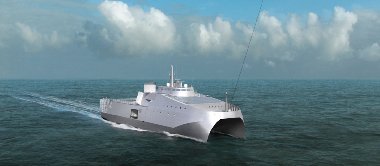SIMON-PETIT, Alicia (2015) Systèmes Dynamiques Gravitationnels PFE - Projet de fin d'études, ENSTA.
Fichier(s) associé(s) à ce document :
| PDF Restricted to Accès restreint 1709Kb |
Résumé
Afin d’étudier la dynamique aux petites échelles cosmologiques, nous étudions celle d’étoiles ou particules massives dans un potentiel central dont le potentiel isochrone introduit par Michel Hénon en 1959 est un cas particulier. Le modèle d’amas globulaire associé fournit une description proche des observations et établit un lien entre les potentiels coulombien et keplérien dont les propriétés sont étudiées pour mettre en évidence la dualité qui les relie. L’étude de l’intégrabilité au sens de Liouville et des équations de Gorringe-Leach généralisées permet enfin de prolonger l’étude des amas isochrones. D’autre part, nous partons de la théorie générale de la relativité formulée par Einstein pour comprendre les motivations cosmologiques qui l’on poussé à introduire une nouvelle constante universelle, la constante cosmologique, afin de d´écrire un univers statique dans son ensemble. Ceci, avant d’énoncer le principe cosmologique et les équations de Friedmann-Lemaître-Robertson-Walker qui décrivent aujourd’hui les propriétés fondamentales d’un univers aux grandes échelles dans le cadre du modèle ΛCDM. La notion d’observables et les éléments clefs nécessaires à la simulation numérique et validation que j’ai faite de ce modèle sont également détaillées.
| Type de document: | Rapport ou mémoire (PFE - Projet de fin d'études) |
|---|---|
| Mots-clés libres: | Amas isochrone, potentiel central, potentiel harmonique, potentiel de Hooke, po- tentiel gravitationnel, potentiel de Kepler, sym´etrie, grandeurs conserv´ees, tenseur de Jauch-Hill- Fradkin, vecteur de Lagrange-Laplace-Runge-Lenz, vecteur de Fradkin-Ba |
| Sujets: | Mathématiques et leurs applications Physique, optique |
| Code ID : | 6585 |
| Déposé par : | Alicia PETIT |
| Déposé le : | 24 mai 2016 16:21 |
| Dernière modification: | 24 mai 2016 16:21 |







